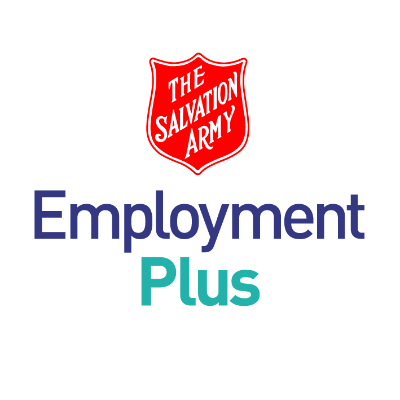How to manage the risks associated with working in heat

When was the last time you reviewed your business’ heat management plan? With summer upon us, now is a good time to review and update your plan to help manage the risk of employees working in the heat. There are many occupations which expose employees to working in hot environments. Workload and clothing can also be factors in heat stress for workers.
How can you manage risks associated with working in heat?
Safety legislation requires employers to eliminate or minimise risks so far as is reasonably practicable. An appropriate risk assessment should be undertaken to ensure the business is adequately prepared to respond to and manage the risk of heat stress and other heat-related illness.
The following steps should be used to ensure that workers are not exposed to harm from working in heat.
Step 1: Identify the hazard. To find out if heat is a hazard in your workplace, consider the following:
- air temperature
- air flow
- humidity
- radiant heat sources
- hot clothing including PPE
- work requirements and
- the work environment.
Talking to your workers and any health and safety representatives can help to identify further hazards and risks.
Step 2: Assess the risk. A risk assessment can help determine how severe the risk is, whether existing control measures are effective, what action should be taken to control the risk and how urgently action should be taken. As part of the risk assessment, the business should also consider the impact of the hazard and the likelihood that the hazard will cause harm.
When assessing the work, consider factors such as the location of where the work is being performed and whether the work is physically demanding. Physical effort as well as working near hot surfaces or outside increases the risk of heat-related illness.
Step 3: Control the risk. The work environment should be well ventilated or airconditioned if possible. Workers should have access to an air-conditioned break room as well access to cool drinking water to avoid dehydration.
Encourage workers to pace themselves and ensure that there is adequate supervision and regular rest breaks. Schedule heavy or strenuous work for cooler times of the day or year and modify targets or work rates to make the work easier and reduce physical exertion.
If indoors, use blinds to block direct sunlight from windows.
Step 4: Review the control measures. You must review control measures to ensure that they are working as planned and that they do not introduce new uncontrolled risks. For example, removing PPE to cool a worker down may introduce new hazards such as exposure to chemicals or UV rays.
Wearing face masks in the heat
To reduce the potential spread of COVID-19, Victoria, New South Wales and Queensland currently require that face masks are worn in certain public and work settings. This requirement means that it is the employer’s responsibility to ensure that face masks are worn while working.
A risk assessment should be conducted when temperatures are expected to increase (see the Bureau of Meteorology website link below) and face masks are required under public health advice or are recommended where 1.5 metres distance from others cannot be maintained.
The implementation of face masks in the workplace should be done in consultation with workers and elected health and safety representatives.
There are some general exemptions from wearing face masks which include:
- the person has a medical condition/s such as breathing difficulties
- it is unsafe to wear a face mask in all the circumstances or
- due to the nature of the person’s work, wearing a face mask creates a risk to their health and safety.
Employees may be reluctant to wear a face mask when it becomes very hot. The control measures outlined in step 3 above are relevant. Employees may take short breaks from wearing the face mask but must ensure that they put the face mask back on when working. It is recommended that if they do remove the face mask, they do so at a safe distance from others.
Employers should also ensure there is an adequate supply of spare face masks to allow for regular replacement, if it is likely that face masks will become damp or dirty at work.
Further general information about wearing face masks in the workplace is available via the WorkSafe Victoria website link below.
Where to find more information
For resources and checklists, go to Safe Work Australia – Working in Heat
To plan and prepare for upcoming heatwaves, go to Bureau of Meteorology – Heatwave Assessments
visit employmentplus.com.au to read more news articles


